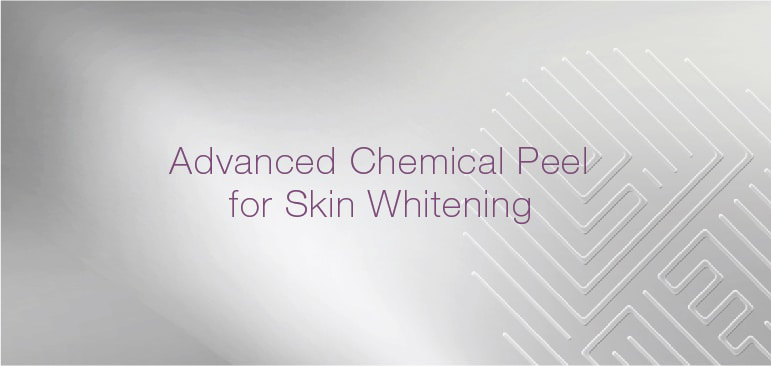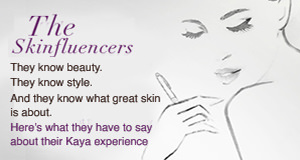Yellow Peel is an important, and somewhat recent, addition to a wide range of anti-pigmentation solutions. It is an efficacious reversal method against hyperpigmentation caused by sun exposure, photoageing or scars. Being a quick-recovery peel, it is an excellent choice for individuals who wish to avoid social downtime. As a progressive peel – which means its effect increases with the number of layers applied – it provides an early line of action preceding the deeper laser-based approaches. It delivers the benefits of more aggressive peels without the reddening and swelling associated with them.
Within a few hours after treatment, microcirculation increases, oxygen supply to the skin improves and supply of nourishing substances is enhanced as skin turns more receptive.
Although its physical form as a peel would make it appear to be a superficial treatment, Yellow Peel actually works at a deep cellular level, influencing the action of receptors and sensors.
Each of its key ingredients performs a specific set of actions that add up to the overall impact of the Yellow Peel. In totality, it reverses discolouration, blocks melanin production and supports renewal.
Retinoic acid stimulates the proliferation of new skin cells and controls the secretion of sebum. Kojik, phytic and azelaic acids bring to the blend their individual antibacterial and antioxidant properties. Each has its unique way of intervening in enzymatic processes, to effectively block the synthesis of melanin and its transfer to the surface of the skin. Stabilised Vitamin C (ascorbyl palmitate) stimulates the synthesis of neo-collagen while also contributing its anti-oxidising properties. Bisabolol adds anti-inflammatory and antiseptic action.
While the cellular processes seem quite complex, the treatment is surprisingly simple. Yellow Peel treatment starts with another peel – a superficial one – aimed at preparing the outermost layer of dead skin, the stratum corneum on the epidermis.
The Yellow Peel is then applied and left to act on the skin for a period of about 12 hours. This procedure is repeated at a fixed frequency, typically every 2 weeks, up to 8 times in all.
You can confidently expect the removal of existing discoloration, and a block on the emergence of new pigmentation from within. Skin looks brighter, clearer and even toned. The wrinkle smoothing effect of the peel further accentuates the smoothness.
- You should not have used Accutane for at least 6 months before the treatment.
- Avoid sun exposure for 14 days before the treatment
- Avoid all products containing Retinol and Vitamin A, for 3 days before the treatment.
- Take the medication that your Kaya dermatologist will prescribe in order to minimise the risk of
post-inflammatory hyperpigmentation
- For 2 hours after the procedure, do not wash your face
- After 2 hours have passed, wipe the face with cotton dipped in warm water, post which a gentle face wash may be used. It should contain no fats or hard surfactants.
- 3-4 days after the treatment, start applying a lactic acid mask to speed up the process of exfoliation.
- For 2 weeks after the treatment:
- do not use any products containing Retinoids or AHA
- avoid cosmetic procedures, like dyeing or perms, that contain chemicals.
- Use sunblock with SPF 30 or greater
Please fill in the form below so we can contact you.
Similar Solutions
50% off on Consultation *T&C apply
Recent Post

The Legacy of Emirati Women Achievers
It’s hard not to be moved when you look at the journey of women in the Middle East, especially here in the UAE. For generations, women were expected to stay within certain roles—roles that, let’s be honest, didn’t always allow them to shine as brightly as they were meant to. They were the backbone of…
READ MORE
Please rotate your device
We do not support landscape mode,
please use the website in the portrait mode for best experience.





